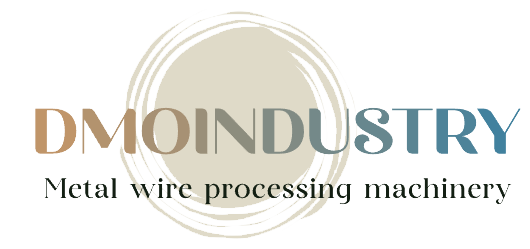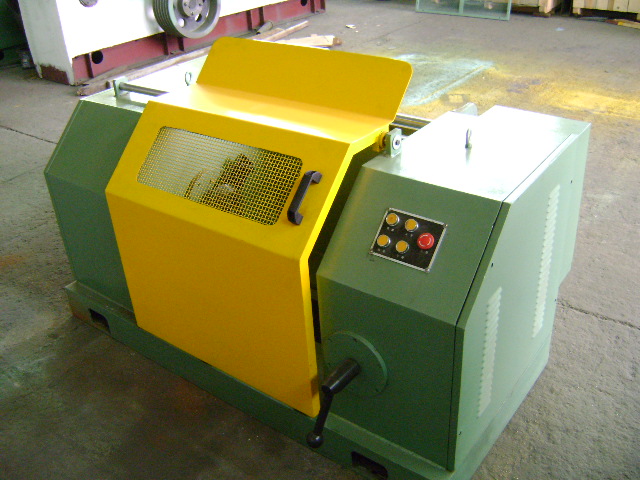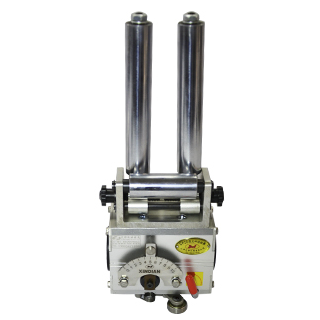Product Advantages:



rolling ring Linear drives are used worldwide, to meet a variety of positioning and reciprocating linear motion applications. These linear drives convert the rotary motion of a smooth, threadless shaft into linear output at fixed or variable pitch.
Typically, Rolling ring traverse drive Working reduce a linear motion system’s dependency on electronic controls, clutches, cams, gears and so forth (see Figure 1). This, in turn, reduces overall operating and maintenance costs, and permits uninterrupted production for longer periods of time before the system needs to be stopped for adjustment.
But these benefits are not enjoyed for every linear motion application. To determine if an application will benefit from using a Rolling ring linear drive Motion, the first step is to understand the device’s basic features and have a good handle on the specific application requirements.
The basics of Rolling Ring Driver technology are briefly covered in what follows. Discussion with an applications engineer knowledgeable about Rolling Ring Drives will help insure that users receive all the benefits rolling ring engineering has to offer. As they review the following information, they should compare rolling ring setup requirements to those of the linear motion system currently in use. They may find a rolling ring linear actuator to be a more efficient and more profitable alternative.
A Rolling Ring Linear Drive operates on an unusual but simple procedure. It runs on a smooth case-hardened steel drive shaft. The threadless shaft passes through a series of rolling ring bearings situated in a load-bearing housing, or nut. Rolling ring bearings should not be confused with standard ball or roller bearings. In a rolling ring bearing, each ring has a specially contoured inner race that bears against the smooth shaft. The Roll rings Unit are set at specific angles relative to the shaft (see Figures 2a and 2b).
For many applications, even those requiring automatic reversal,Rolling Ring Traverse Unit systems need only a single-speed unidirectional motor to drive them. Users select the rotational direction of the motor. The contoured inner surface of each ring bears against the shaft when it turns, causing the rings, and the attached housing/nut, to move linearly. Loads borne by the nut are then moved in a linear direction.






